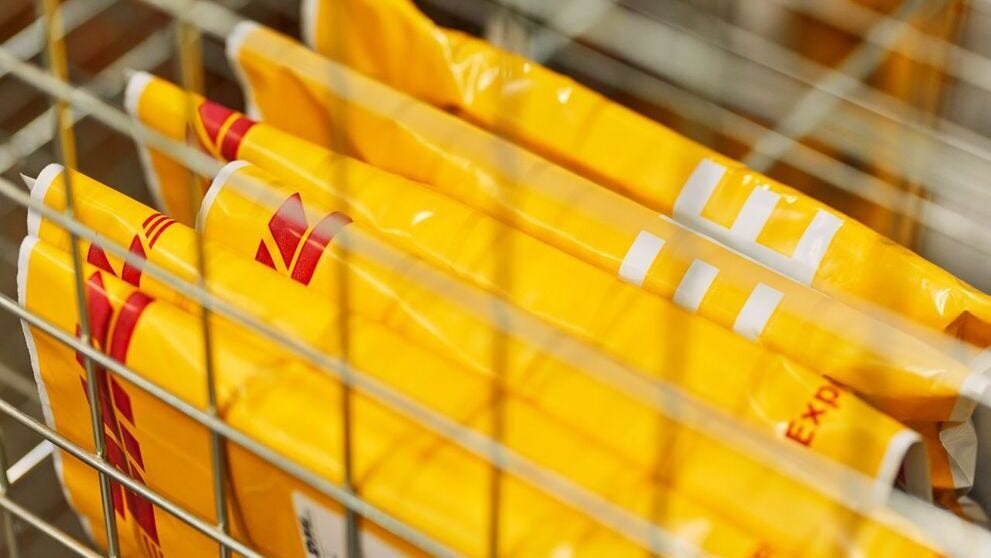- Determine the volumetric divisor: The volumetric divisor, sometimes called the dim factor, is a specific number used by the carrier to calculate the volumetric weight. This divisor can vary depending on the mode of transport (air, sea, road) and the carrier. DHL Express typically uses a standard divisor of 5000 when calculating volumetric weight. However, It's crucial to confirm the current divisor with your shipping company directly, as it can be subject to change.
- Calculate: Perform the calculation using the measurements and the appropriate divisor. The result is the volumetric weight in kilograms (kg) or pounds (lbs).
For example, let's say you're shipping a box from Singapore with the following dimensions: 50 cm (Length) x 40 cm (Width) x 30 cm (Height). Using the divisor of 5000, you get (50 cm × 40 cm × 30 cm) ÷ 5000 = 12 kg.
Even if the item in the box is only 5 kg in actual weight, the volumetric weight is 12 kg so the package will be charged for a 12 kg weight.
Volumetric weight vs. actual weight – which one applies?
A key point to understand is that international delivery carriers like DHL Express generally charge based on the higher figure between the volumetric weight and actual weight. This is a standard practice in the industry.
Here's a comparison to illustrate the difference:
Measurement
| Item 1
| Item 2
|
Actual weight
| 5 kg
| 15 kg
|
Volumetric weight
| 12 kg
| 8 kg
|
Billable weight
| 12 kg (volumetric)
| 15 kg (actual)
|
As you can see, for Item 1, the shipping costs will be calculated based on the volumetric weight (12 kg) because it's higher than the actual weight. Whereas in Item 2, the actual weight (15 kg) is higher, so that's what will be used.
This distinction tends to affect businesses involved in e-commerce or those shipping lightweight but bulky items, such as textiles, packaging materials, or certain electronics. While the items themselves may be lightweight, the container needed to ship them en masse can increase their volumetric weight drastically.
Why do logistics providers use volumetric weight?



















































